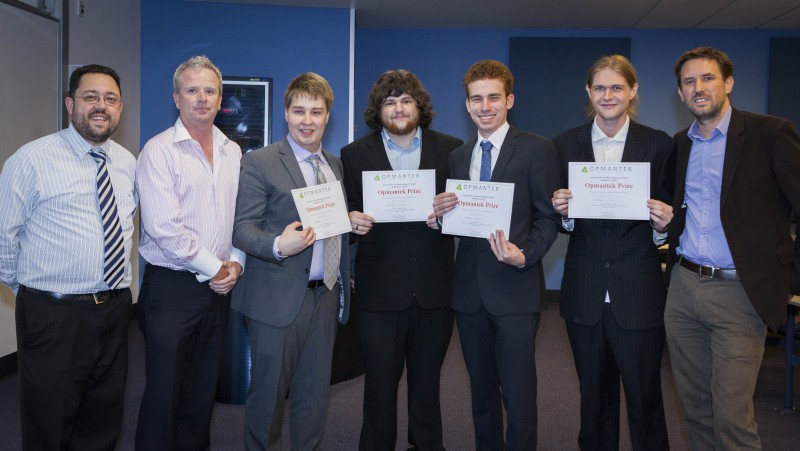Whale watching is a major global tourism industry with an annual revenue of over two billion (US dollars) and more than 13 000 employees. Furthermore, it is estimated that close to 15 million people every year participate in whale watching. On the Gold Coast in south-east Queensland there are 5 whale watch operators with a daily passenger carrying capacity of close to 1000 people. This success however is not assured as shifts in migration patterns, changing resting and calving locations and changes in weather have already been documented and attributed to climate change. A long-term study conducted between 1984 and 2010 that was published in the journal PLoS ONE, has documented how humpback whales arrived at feeding grounds on average one day earlier each year, suggesting a remarkable ability to react to small fluctuations in sea temperature. Until recently there has been no investigation of the impacts of climate change on the whale watch industry and how the industry can adapt and continue to prosper.
positive changes can happen, especially in the economic and regulation sector
Popular Gold Coast whale watching species like humpback whales (Megaptera novaeangliae) undertake their migrations in concert with seasonal shifts and environmental triggers. Most notably, ocean currents, which are highly susceptible to climate change have been linked as a major determinant for these migrations. A team of researchers from Griffith University, Dr Russell Richards, Dr Oz Sahin and Dr Jan-Olaf Meynecke supported by the Griffith’s Climate Change Response Program set up a project to identify the threats for the industry and potential processes to manage and mitigate the problem. With little data available their strategy was to combine two complimentary systems techniques:
- Systems Thinking for stakeholder driven system conceptualisation and conceptual model building; and
- Bayesian Belief Network (BBN) modelling to identify and evaluate management strategies within a probabilistic framework. Stakeholders were then involved throughout the process.
Dr Meynecke, a whale researcher and ecologist, explains the process, “We started with a workshop in December 2014 involving the major groups involved in the whale watching industry, from tour operators to government regulators and non-government organisations – NGOs.”
“We used their expertise to shape a conceptual model (a BBN model) showing the understanding and perceptions of the workshop participants around the issue of potential climate change impacts on the south-east Queensland whale watching industry.”

Dr Richards from the Systems Modelling Group explains more, “We might have many experts here at Griffith to understand the environmental and ecological issues but we need to mesh that expertise with the understandings that can only come from the industry and regulators themselves.”
Conditional probabilities were assigned to priority issues. To make this easier and more efficient the application (app) App2Adapt has been used. The app2adapt works like a catalyst making the process of assigning priority issues easier. This process presents interactive ‘sliders’ to the participants as the mechanism for assigning probabilities.
“The project outcomes showed that the whale watch industry in south-east Queensland is vulnerable to climate change to different extents,” continues Dr Meynecke, “but that there are multiple intervention points, where positive change can happen, especially in the economic and regulation sector.”
“The sooner potential impacts and opportunities are addressed, the more likely climate change can be adequately dealt with. The industry needs higher flexibility to respond adequately to changes in weather patterns and whale migration patterns,” he concludes.
The capacity of the industry to implement adaptation options can be dealt with through increased knowledge about whale dynamics by supporting citizen science and greater alliance between tourism and research. Closing current knowledge gaps and lobbying at local and state government to support proactive whale watch management are important steps to build up adaptive capacity.
Dr Richards adds, “This case study has a wider application to other whale watching regions around the world and the methods can be deployed to develop regional adaptation capacity for this important tourism industry. I feel it is a place where our research can really assist a variety of industry prepare for climate change.”
Griffith University would like to thank the following organisations for being involved in this research:
• Whales in Paradise
• Blue Dolphin Marine Tours
• SEQ Catchment
• The Oceania Project
• Gold Coast Tourism
• Australian Whale Conservation Society
• Gold Coast City Council
• Queensland Environmental Protection Agency
• Queensland Department of National Parks, Sport and Racing
• Tallship Island Adventures






